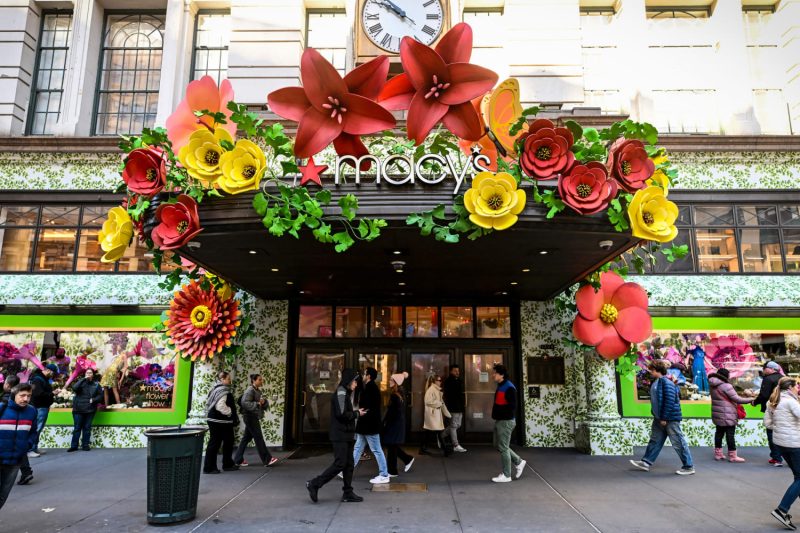As the customer base of department stores continues to age, retailers are realizing the importance of attracting younger shoppers in order to remain relevant and sustain long-term growth. With changing consumer preferences and the rise of e-commerce, department stores are facing increasing pressure to adapt their strategies to appeal to a new generation of shoppers.
One key strategy that department stores are employing to attract younger shoppers is to refresh their merchandise assortment. By offering trendy and fashionable clothing, accessories, and home goods, retailers seek to capture the attention of younger consumers who are looking for unique and contemporary products. This shift towards more current and stylish offerings is essential for department stores to differentiate themselves from fast fashion retailers and online competitors.
In addition to updating their product offerings, department stores are also enhancing the overall shopping experience to appeal to younger shoppers. This includes creating engaging and Instagram-worthy store layouts, incorporating digital technology such as virtual fitting rooms and interactive displays, and hosting events and pop-ups that cater to the interests of younger consumers. By creating a more experiential and interactive shopping environment, department stores can attract a younger demographic who values experiences and personalization.
Furthermore, department stores are leveraging social media and influencer partnerships to reach a wider audience of younger shoppers. By collaborating with popular influencers and celebrities, retailers can tap into their followers and generate buzz around their brand. This social media presence helps department stores stay top of mind for younger consumers and positions them as trendy and current in a crowded retail landscape.
Moreover, department stores are focusing on sustainability and ethical practices to appeal to environmentally conscious younger shoppers. By offering eco-friendly and ethically sourced products, retailers can attract consumers who prioritize sustainability and social responsibility in their purchasing decisions. This commitment to sustainability not only aligns with the values of younger shoppers but also helps department stores differentiate themselves as responsible and forward-thinking brands.
In conclusion, as department stores face the challenge of an aging customer base, attracting younger shoppers remains crucial for their continued success. By refreshing their merchandise, enhancing the shopping experience, leveraging social media and influencers, and focusing on sustainability, retailers can position themselves to appeal to a new generation of consumers. By understanding the unique preferences and values of younger shoppers, department stores can adapt their strategies and remain competitive in an evolving retail landscape.

